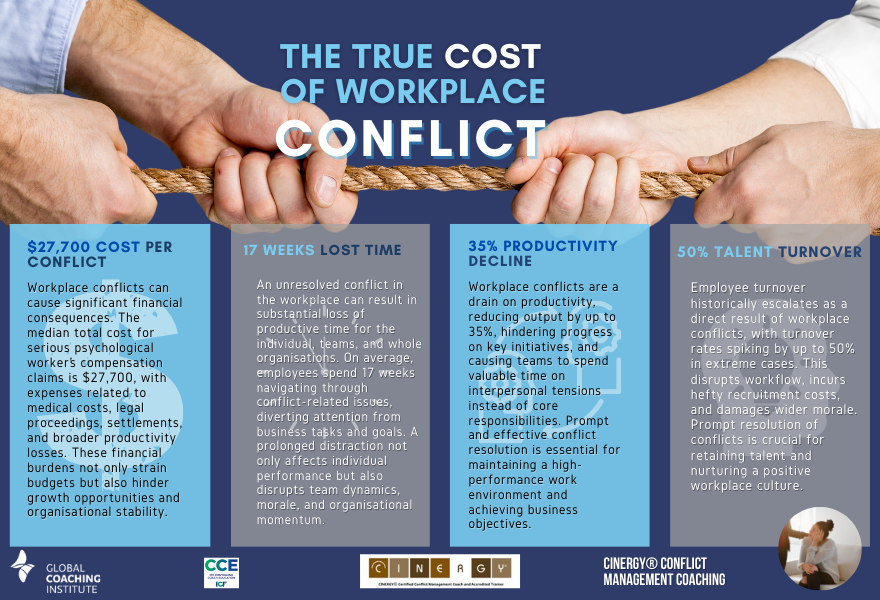During my early career as a therapist rehabilitating people after brain injuries and stroke, I became fascinated by the workings of the brain.
These years taught me a lot about what happens when things start going haywire. It’s an understanding I still value as a coach…
Leaders need to be able to think clearly. We expect them to make decisions based on sound reasoning. We also expect leaders to engage proactively. But too often this is not the case. Many leadership decisions are reactive, occurring when people are at the mercy of what neuroscientists refer to as an amygdala hijack.
When we are triggered by a problem that is overwhelming, when someone challenges our identity or we encounter perceived threats, the amygdala kicks in. We become reactive. The amygdala is the part of the brain responsible for our fight and flight response.
People typically behave defensively when they are caught in an amygdala hijack. Their decisions can be driven by self-interest rather than organisational priorities or their deepest vision.
Under pressure many leaders’ focus narrows and they overlook critical information. Sometimes their staff learn to recognise the signs of an amygdala attack and avoid their boss when they’re in these states, aggravating the loss of crucial organisational intelligence.
Under an amygdala hijack a leader’s capacity to lead diminishes, as does their ability to add real value to individuals and teams. But what exactly is going on – and how can coaching make a difference?
The pre-frontal cortex is the part of the brain responsible for executive decision making. During an amygdala hijack, activity within this region is reduced. The information superhighways leading to the prefrontal cortex are effectively jammed due to the frenetic activity taking place within the more primitive emotional brain. Our thinking typically goes round and round in circles, and we make little real progress.
Coaching helps people move from a state of reactivity to a more resourced mental state. A skilled coach’s questions act as signposts that help individuals escape a reactive mindset and start to make better choices.
The questions used by the coach redirect attention away from habitual emotions toward the search for new insights and perspectives. This is particularly so in conflict management coaching, when emotions usually run high.
Coaching questions prime neural circuits to look for novel information, rather than defaulting to overused (and ineffective) thought patterns. Well-crafted coaching questions shift a leader or employee’s attention (and brain activity) from their amygdala based reactions to the prefrontal cortex where reliable thought and executive decision making is possible.
Here are a few of my favorite coaching questions:
-
What outcomes are you hoping to achieve?
-
What impact has this had on you?
-
How are you approaching this situation?
-
How does your approach fit with your desired outcome?
-
What do you know for sure and what are you surmising?
-
What options are available to you now?




